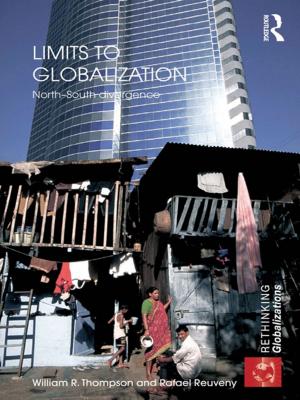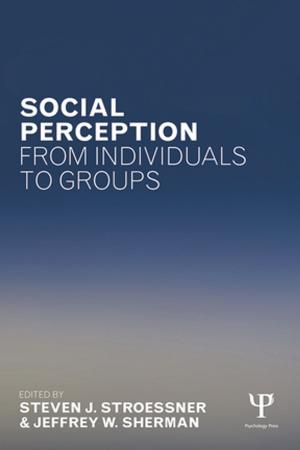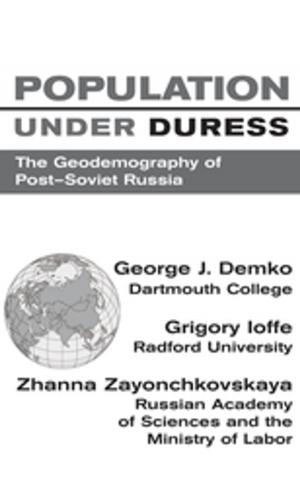| Author: | Torsten Schwinghammer | ISBN: | 9781351289702 |
| Publisher: | Taylor and Francis | Publication: | April 24, 2018 |
| Imprint: | Routledge | Language: | English |
| Author: | Torsten Schwinghammer |
| ISBN: | 9781351289702 |
| Publisher: | Taylor and Francis |
| Publication: | April 24, 2018 |
| Imprint: | Routledge |
| Language: | English |
Warfare Since the Second World War presents a wealth of analysis and data about one of the most pressing questions of our time: why does war continue to plague us fifty years after World War II? This book argues that the nature of war has shifted from inter-state conflicts toward internal conflicts, above all civil war. Low-intensity conflict helps explain the constant increase in wars over the last fifty years and makes it probable this trend will continue. Gantzel and Schwinghammer argue that modern warfare reflects a continuation of the nation-state-building process begun in nineteenth-century Europe.In their analysis, economic modernization and social integration destroy traditional relations and create instability in the developing world. While these forces were successfully harnessed by the modern state in Europe and North America, economic and political globalization make a similar resolution considerably more complex. In addition to their insightful analysis, the authors provide a detailed list of all wars fought from 1945 to 1995. The authors' lucid explanatory commentaries are accompanied by lists, tables, and charts. In addition to a detailed war register, upon which all statistical data and analyses for the volume are based, there are appendices with directories useful for locating specific wars, as well as several supplementary lists. An afterword brings the reader closer to the world situation as we conclude the twentieth century; including the impact of political developments in Eastern Europe.Beyond its historical dimension, this book offers a policy-relevant empirical demonstration of the ongoing increase in internal (civil) wars and addresses the inability of modern society to prevent this scourge. Warfare Since the Second World War is an indispensable resource for anyone concerned with issues of war and peace, development, and the future of international relations.
Warfare Since the Second World War presents a wealth of analysis and data about one of the most pressing questions of our time: why does war continue to plague us fifty years after World War II? This book argues that the nature of war has shifted from inter-state conflicts toward internal conflicts, above all civil war. Low-intensity conflict helps explain the constant increase in wars over the last fifty years and makes it probable this trend will continue. Gantzel and Schwinghammer argue that modern warfare reflects a continuation of the nation-state-building process begun in nineteenth-century Europe.In their analysis, economic modernization and social integration destroy traditional relations and create instability in the developing world. While these forces were successfully harnessed by the modern state in Europe and North America, economic and political globalization make a similar resolution considerably more complex. In addition to their insightful analysis, the authors provide a detailed list of all wars fought from 1945 to 1995. The authors' lucid explanatory commentaries are accompanied by lists, tables, and charts. In addition to a detailed war register, upon which all statistical data and analyses for the volume are based, there are appendices with directories useful for locating specific wars, as well as several supplementary lists. An afterword brings the reader closer to the world situation as we conclude the twentieth century; including the impact of political developments in Eastern Europe.Beyond its historical dimension, this book offers a policy-relevant empirical demonstration of the ongoing increase in internal (civil) wars and addresses the inability of modern society to prevent this scourge. Warfare Since the Second World War is an indispensable resource for anyone concerned with issues of war and peace, development, and the future of international relations.















